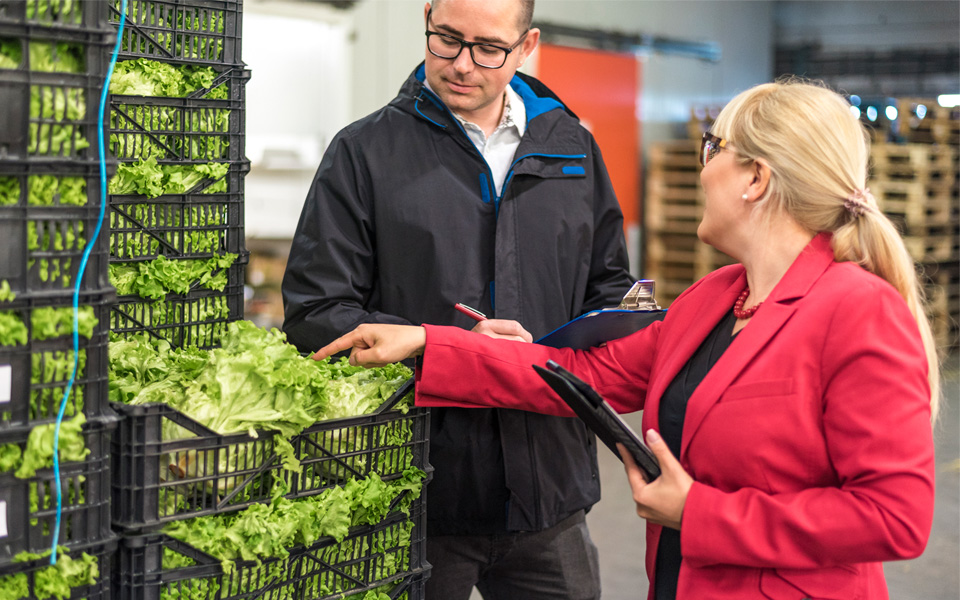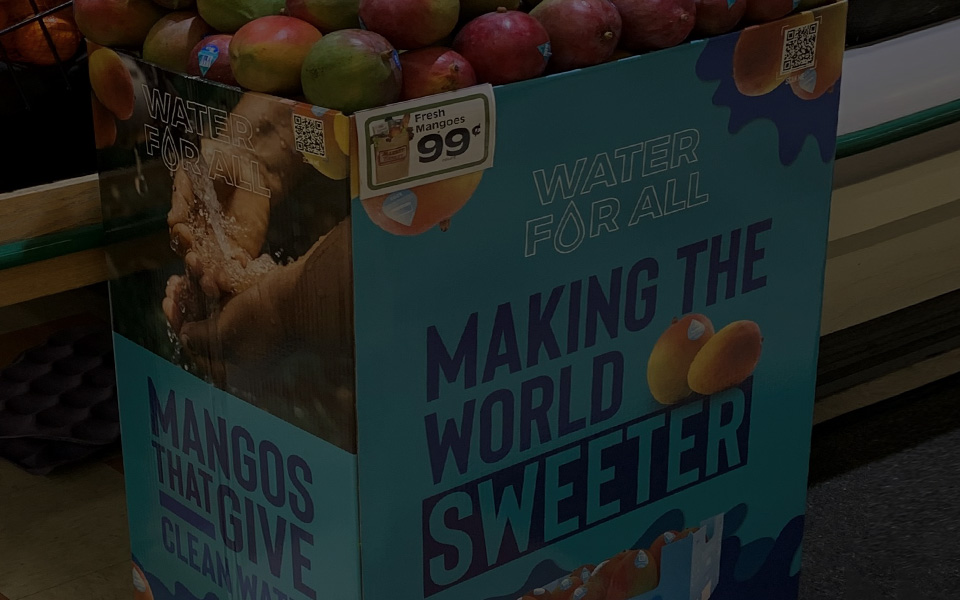*On June 1, 2023 Emerson’s Climate Technologies business became a new standalone company – Copeland. Though our name has changed, we are building on more than a century of HVACR innovation and industry leadership, and Copeland continues to offer the same products, industry stewardship, and learning opportunities you’ve grown to trust. Information found on this webpage posted before June 1, 2023 may contain our old name or branding, but you can be at ease knowing it was created with the knowledge and expertise of Copeland.
The practice of rotating inventory in customer-facing product displays is often referred to as “flexible merchandising”. In a recent E360 article, I explained how refrigeration equipment is becoming more mobile to help food retailers implement this strategy. Read the full article here.

In today’s competitive food retail markets, flexible merchandising strategies provide opportunities to give customers the sense that there’s always something new to discover. Whether to highlight seasonal offerings, promote flash sales or maintain a vibrant store appearance, it’s a proven method of keeping customers engaged and coming back. To implement this strategy, grocers need flexibility in their display cases with the ability to move and rotate offerings as needed. The challenge comes when these products need to be refrigerated, because many traditional refrigeration systems don’t support that desired flexibility.
Refrigeration fixtures will need at least some degree of mobility to be viable in a flexible merchandising strategy. But in many cases, refrigeration architectures are often inherently incompatible with a flexible approach. Many have fixed-case layouts where fixtures and piping are literally affixed into the store’s floorplan with pre-determined insets. Traditional centralized direct expansion (DX) refrigeration systems also don’t lend themselves to refrigerated display case flexibility.
What are your refrigeration options for flexible merchandising?
With changing retailer preferences and market trends in mind, there are several viable refrigeration architectures available today. Let’s look at a few.
Distributed — this strategy is based on installing outdoor condensing units (“OCUs”) that allow them to be strategically located outside of a facility to support the addition of spot merchandising cases. Often utilized by smaller-format stores, this approach makes it easier for operators to scale their refrigeration system to the needs of the store. Modern OCUs are quiet, energy-efficient and offer installation flexibility while leaving small physical footprints outside the store. Keep in mind that OCUs are typically installed to support refrigerated fixtures in different zones, so their flexibility is limited to a particular zone.
Micro-distributed — featuring display cases that have the compressors integrated within the case, this emerging system type is becoming more common, especially in smaller-format stores. To remove the exhaust heat, cases are connected to a shared water-cooled loop that’s directed to the roof of the facility. These systems utilize a variety of low-GWP refrigerants at low charges, including hydrofluorocarbons (HFCs), hydrofluoroolefins (HFOs) and hydrocarbons such as R-290. The integrated case with water loop design enables a greater degree of merchandising flexibility, but does not quite achieve true mobility.
Self-contained — for maximum merchandising flexibility, these display cases incorporate the entire refrigeration system within the case — essentially serving as plug-and-play refrigerated units on wheels. These smaller refrigeration systems typically do not require large refrigerant charges, and are designed to use a variety of low-GWP HFC, HFO and R-290 refrigerant options. For a large-format store with a centralized DX system, incorporating self-contained display cases is a logical means of achieving refrigerated case flexibility.
As refrigeration technologies evolve to address changing industry dynamics, look for emerging system architectures that will help retailers meet the needs for flexible merchandising and smaller store footprints.

Six Ways to Reduce Food Waste by Tracking the Supply Chain
*On June 1, 2023 Emerson’s Climate Technologies business became a new standalone company –...

Protect Valuable Shipments in High-Crime Areas
*On June 1, 2023 Emerson’s Climate Technologies business became a new standalone company –...

Real-time Tracking Protects Valuable Mango Cargo
*On June 1, 2023 Emerson’s Climate Technologies business became a new standalone company –...
